AIT Permissions Manager
Manage user’s roles more specifically
Because of the permission manager, it is simple to delegate specific responsibilities to users, and you can do so with the assurance that those users will not alter anything that is not within the scope of their authority. It is highly convenient if the bloggers on your team are able to upload their own fresh articles independently, or if the listings in your site are able to manage their own material, such as meal menus or special deals.
Are you a web agency?
You should make use of a tool called a permission manager. You have the ability to determine which parts of the administration your customers view and are able to change themselves. You will be responsible for anything else going forward. Doesn’t that sound like a terrific way to save time and provide your consumers with happy websites that really work?
To begin, you will need to establish groups of users or “packages” for individuals who have specific defined qualities based on their function or degree of capabilities (e.g. Free package, Premium package, Blogger etc.).
The next step is to go through all of the permissions groups and decide what each user is allowed to see and change inside the system.
- Capabilities Offered by WordPress In this section, you have the option to allow access to additional basic WordPress configuration options or generic WordPress settings.
- Theme CapabilitiesYou may choose whether or not users have access to certain AIT Theme features like the page builder or the default layout.
- Plugin Capabilities
- Every AIT plugin comes with its own options, and you may choose to give users access to whichever of those settings they require.
- The ability to create custom post types
- Access to AIT Custom Post Types can either be enabled or disabled depending on the AIT theme that is presently installed.

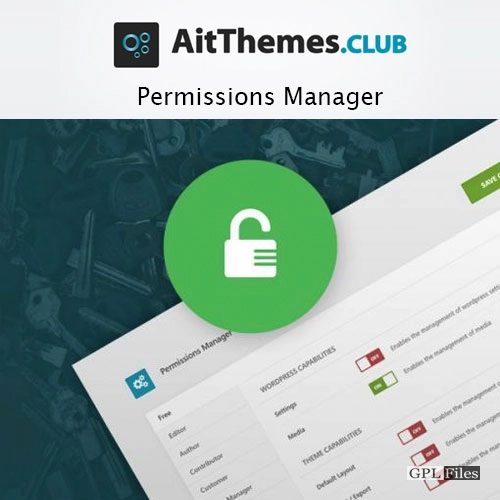
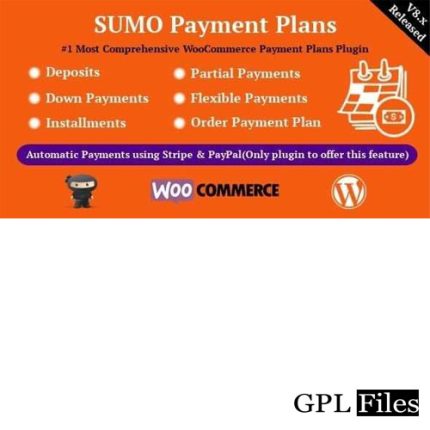
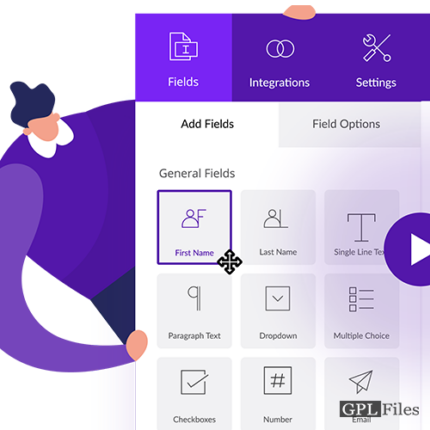


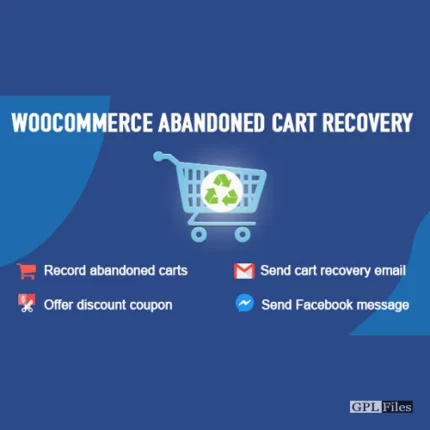
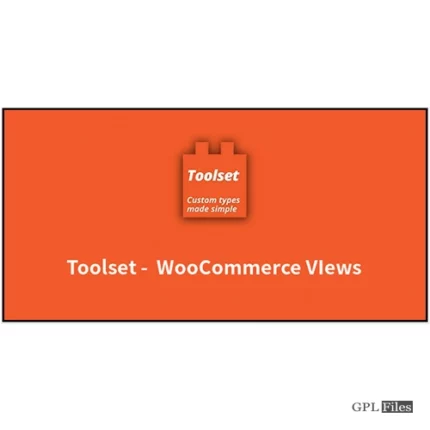
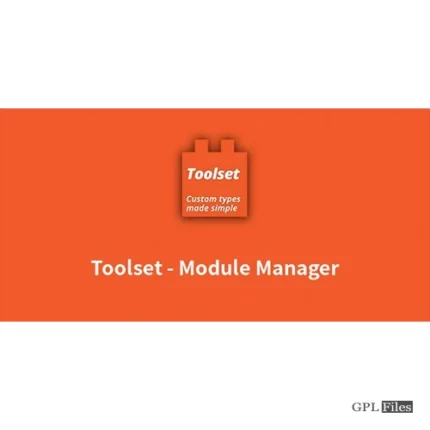
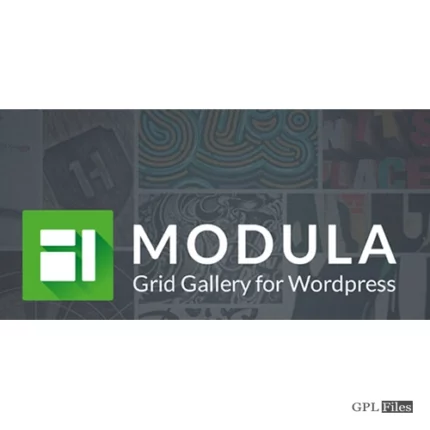
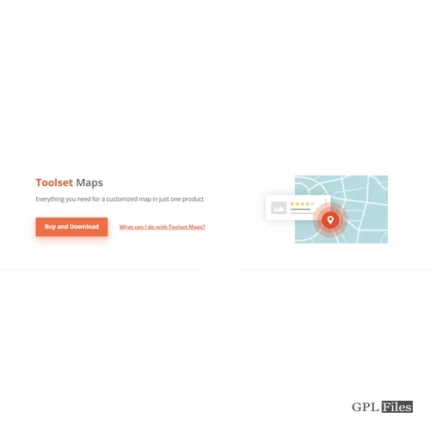
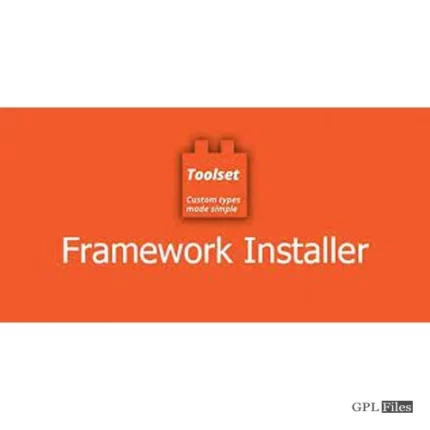
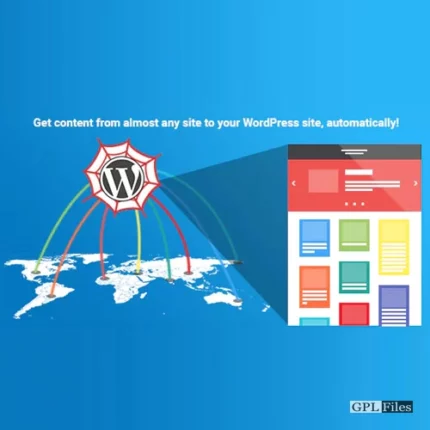
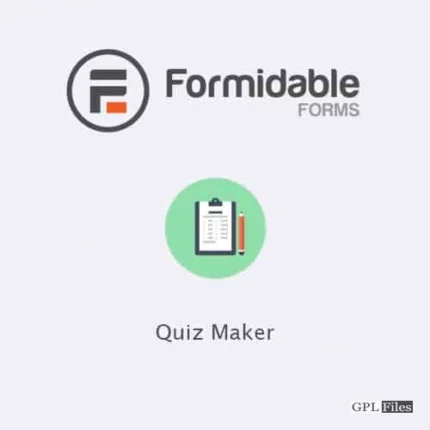
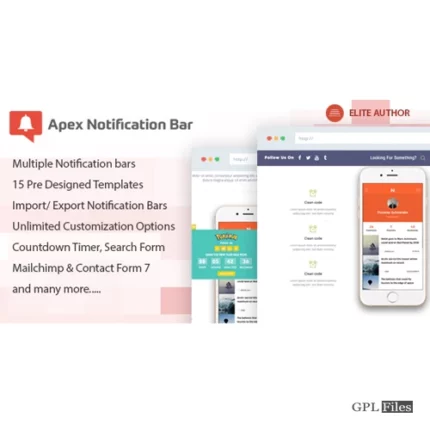
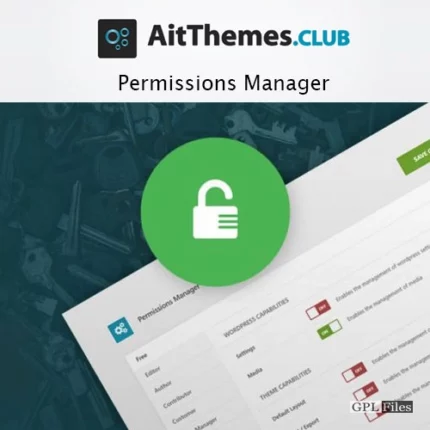
Reviews
There are no reviews yet.